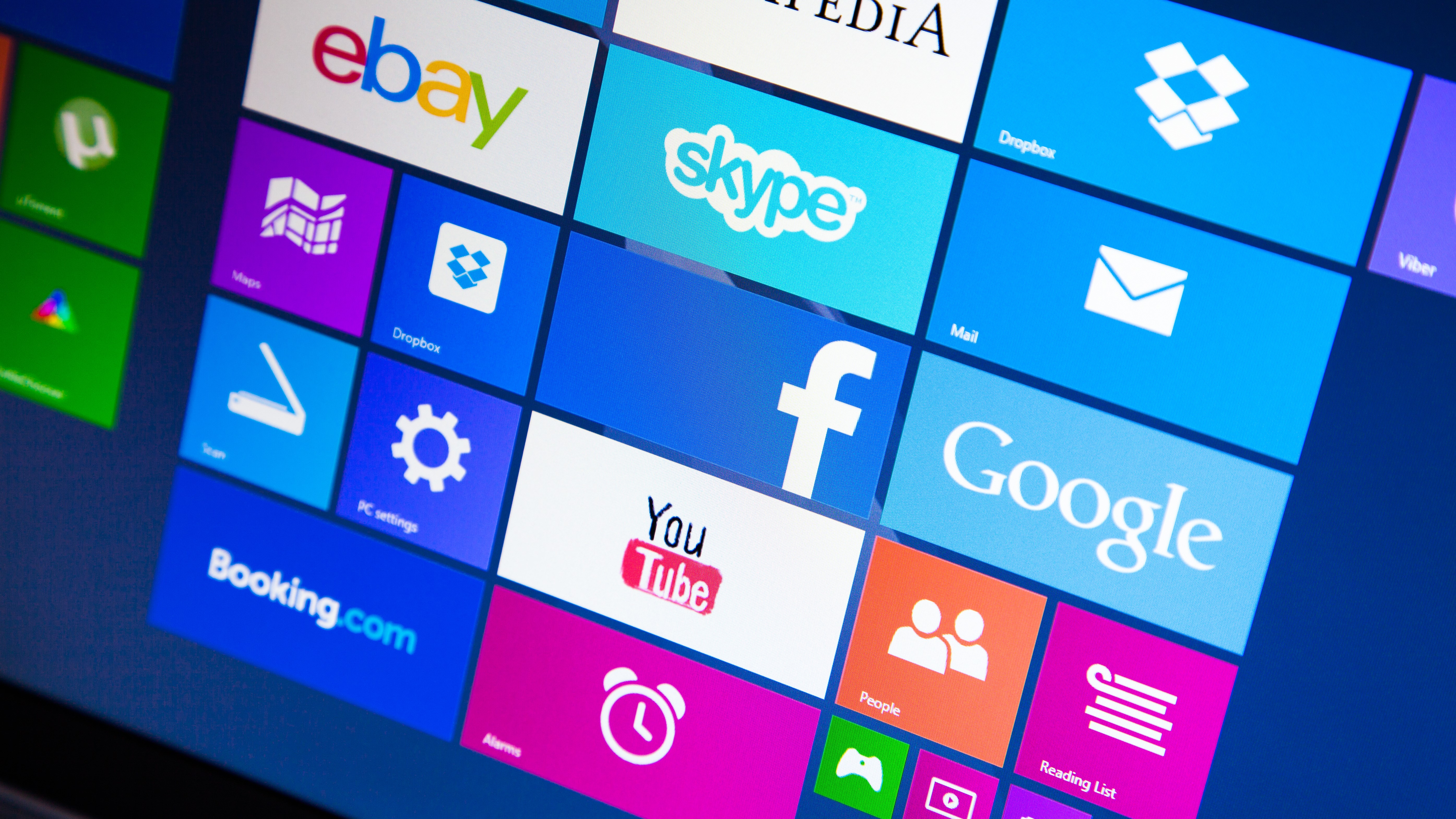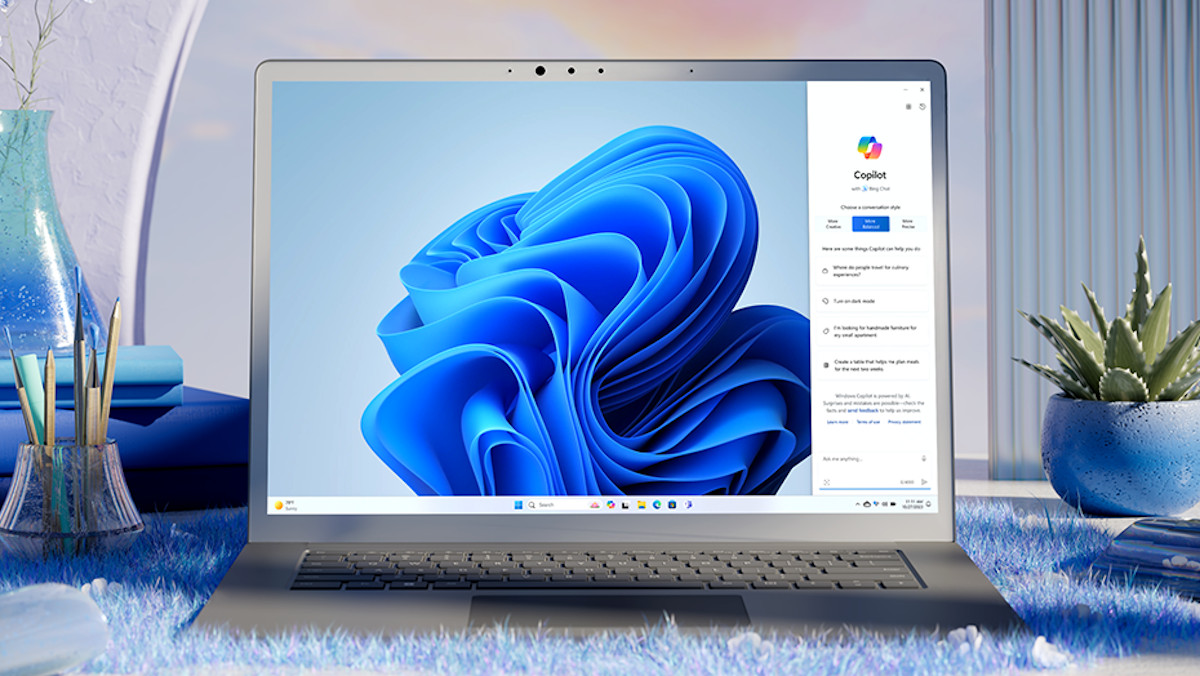Now is the perfect time for Microsoft to resurrect Windows 8 - for one simple reason

Alright, I know that headline is a bold statement. Windows 8 was one of the most widely reviled iterations of Microsoft’s flagship OS - released at a time when everyone was still yearning for the functional simplicity of Windows XP, and sporting a weird tile-based UI designed to benefit the Surface tablet line, a product series that Microsoft has never seemed fully able to commit to.
I won't lie, I was riding the Windows 8 hate train at the time; hell, I was the damn conductor, and I owned a Surface. The biggest failing of the OS, to my mind, was that it also included the option to swap to a conventional (and frankly, better) Windows desktop interface, but not by default - adding an annoying extra step to getting to my desktop every time I fired up my device.
To make matters worse, the Surface didn't need a tablet-style UI. Part of the appeal was that it was a tablet with the functionality of the best Windows laptops, so I simply didn't want a different UI - I wanted a laptop. But what if that tile screen was actually good - just ahead of its time?

Surface tablets are still a feeble competitor to the Apple iPad, if market share is anything to go off, but there's a new breed of Windows device in town: gaming handhelds. After the success of Valve’s Steam Deck, we've seen a handful of Windows-powered imitators: the Asus ROG Ally, the Lenovo Legion Go, and the upcoming MSI Claw, just to name a few.
I have a ROG Ally and genuinely love it - the freedom to play my favorite PC games on the go (or in bed) is just great. Most recently, I've been enjoying the rather excellent 2017 Prey reboot, which runs shockingly well on Asus’s handheld.
The hardware is impressive: the Ally is a solidly designed device from Asus, and the AMD Z1 Extreme chip powering it is nothing short of incredible. The Ally’s key problem, however - much like other PC gaming handhelds - is that it runs Windows 11.
The weakness of Windows
At the end of the day, Windows 11 is designed to be used with a mouse and keyboard. That's not really a failure on Microsoft's part; it's an OS primarily used on laptops on desktop PCs, after all. But it's poorly suited for use on a device with a tiny screen and not even a touchpad for mouse control.
Sign up for breaking news, reviews, opinion, top tech deals, and more.
Windows 8, on the other hand, was built with touch controls in mind, which was a tad redundant when I could (and did) simply connect a wireless mouse to my Surface when I was using it in laptop mode. Sure, I could hook up a mouse to my Ally, but that would defeat the purpose of using it rather than making my life easier.

The tile layout of Windows 8 was synonymous with Windows Phone OS, which I still maintain was a well-designed mobile UI that only failed due to the weakness of the Microsoft Store compared to Apple and Google’s rival offerings. It was highly customizable, easy to navigate, and aesthetically pleasing. I imagine how fantastic a similar UI could be on the ROG Ally, and I weep for Asus and AMD - all their hard work partially undone by Microsoft’s refusal to make a proper ‘handheld mode’ for Windows.
Square solutions
As more similar devices hit the market (I'm sitting on a train, on my way to demo MSI’s new Claw handheld as I write this very article), Microsoft has the perfect opportunity to capitalize on this trend.
Part of the Steam Deck’s appeal is its simple but effective SteamOS interface; the ROG Ally has pre-installed Asus Armory Crate software that acts as a nice, easy-to-use base from which to browse and launch your games, but you still have to navigate through Windows 11 to get there. It's an irritating obstacle that - quite ironically - echoes my frustrations with using Windows 8 back in the day. So I'm asking politely, Microsoft: sort out a better version of your OS for these handhelds.
The best part? You barely even need to do any new design work, guys! The Windows 8 tile layout looked fine, and I'd be more than happy to see a similar desktop UI implemented for future gaming handhelds. It could also eliminate the need for wonky third-party software in one fell swoop, securing your OS dominance in the handheld market. With Windows 12 on the horizon, now's the time to strike. Pretty please, Microsoft?

Christian is TechRadar’s UK-based Computing Editor. He came to us from Maximum PC magazine, where he fell in love with computer hardware and building PCs. He was a regular fixture amongst our freelance review team before making the jump to TechRadar, and can usually be found drooling over the latest high-end graphics card or gaming laptop before looking at his bank account balance and crying.
Christian is a keen campaigner for LGBTQ+ rights and the owner of a charming rescue dog named Lucy, having adopted her after he beat cancer in 2021. She keeps him fit and healthy through a combination of face-licking and long walks, and only occasionally barks at him to demand treats when he’s trying to work from home.